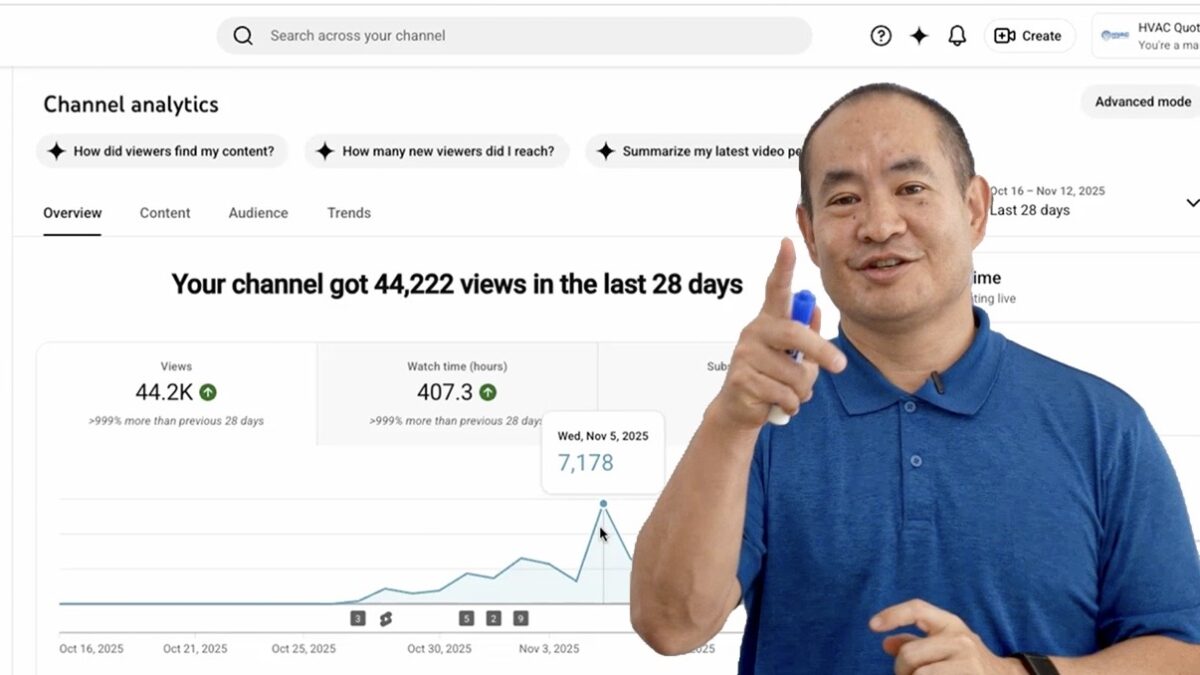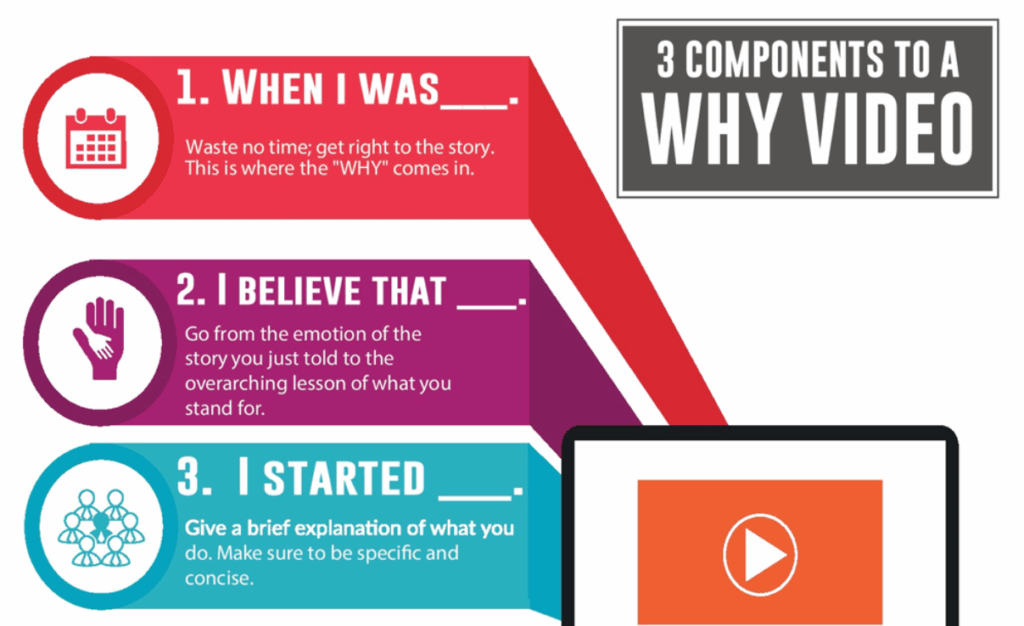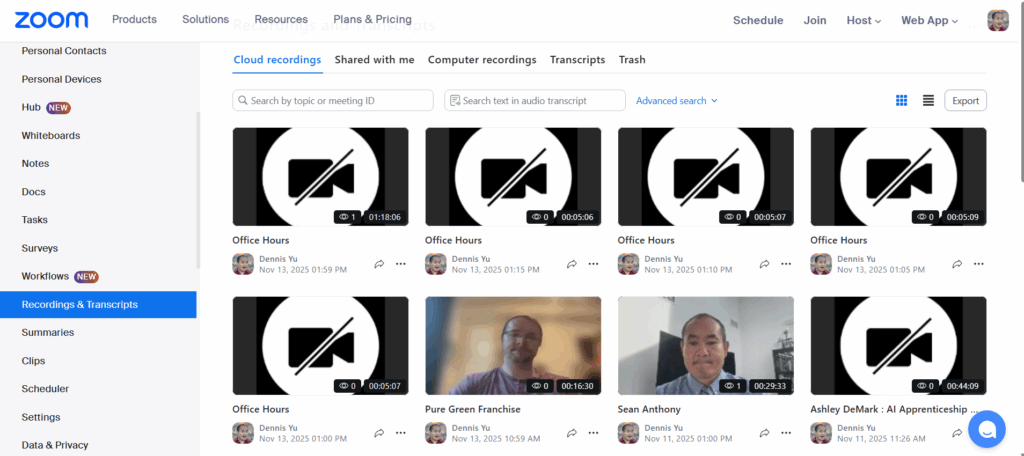How I Strengthened a Video Using High Authority Clips
When I opened Dennis Yu’s speaker reel, my first reaction was straightforward: this was already a strong video. The pacing worked, the arc was clear, and the production quality felt polished. It didn’t need a rebuild.
What it did need was a small credibility lift — a few proof-driven moments that made Dennis’s authority clearer. Instead of rebuilding anything, I focused on replacing weaker visuals with real high authority clips that supported the message already in place.
What I Noticed While Watching
A strong reel doesn’t need major changes, however it could use clearer evidence. As I watched, I looked for places where real proof could replace weaker visuals so the expertise in the reel becomes more visible.
The Editing Approach I Used
I wasn’t trying to cram in impressive footage wherever it could fit. The goal was to keep the message clear and only place authority-building clips where they naturally supported what was already happening on screen. These were light, context-matching inserts meant to strengthen the reel without changing its voice.
Doing this meant going back into Descript and editing the reel directly, in this case the video required small, context-matching authority inserts rather than big structural edits.
So I followed two simple placement rules:
Fill Low‑Variety Sections With Real Proof
Where the visuals stayed the same for too long, I added short clips that brought both energy and credibility. That way, the reel stays engaging and the viewer keeps seeing Dennis in real authority contexts.
Replace Stock Moments When It Clearly Raised Authority
Where stock visuals were doing the job of “filler,” I replaced select moments with real footage that carried more credibility.
The High‑Authority Clips I Added
These are the four clips I added to raise authority density and break up flatter stretches:
- On Stage With a Large Audience

- What the Clip Shows: Dennis on a big stage with a full room locked in on him.
- Why It Adds Authority: Large‑stage, large‑audience context is instant third‑party validation — he’s trusted to teach at scale.
2. Live Teaching Moment (Small Group)
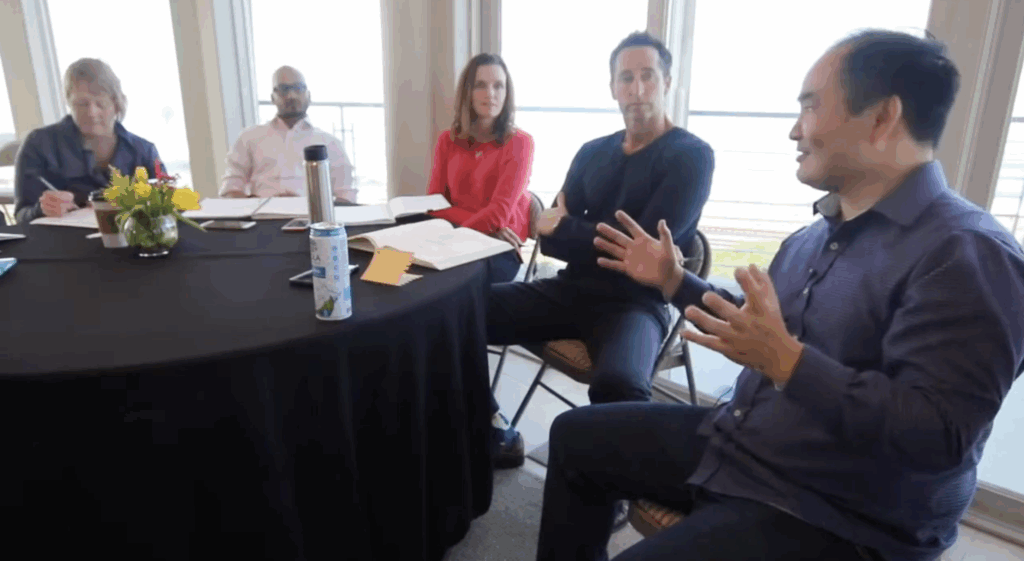
- What the Clip Shows: A quick shot of Dennis mid‑talk, interacting with people in a real, in‑person setting.
- Why It Adds Authority: Real‑world teaching beats generic visuals; it signals active demand for his expertise.
3. With High Rise Influence x Local Service Spotlight Founders/Students
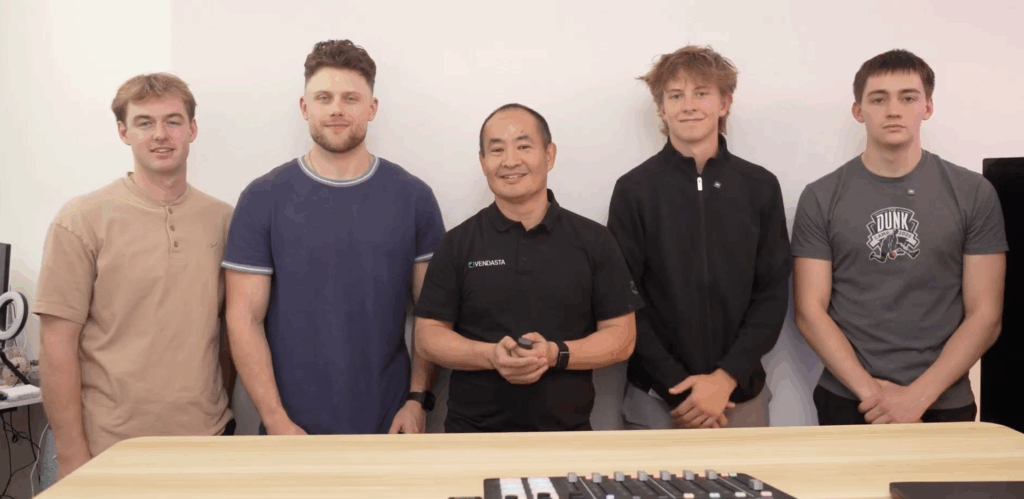
- What the Clip Shows: Dennis in Vegas with the High Rise Influence and Local Service Spotlight founders/students he mentors.
- Why It Adds Authority: “Students as receipts” credibility — his authority is reflected in the people he’s building and the results they’re producing.
4. Professional In‑Role Shot
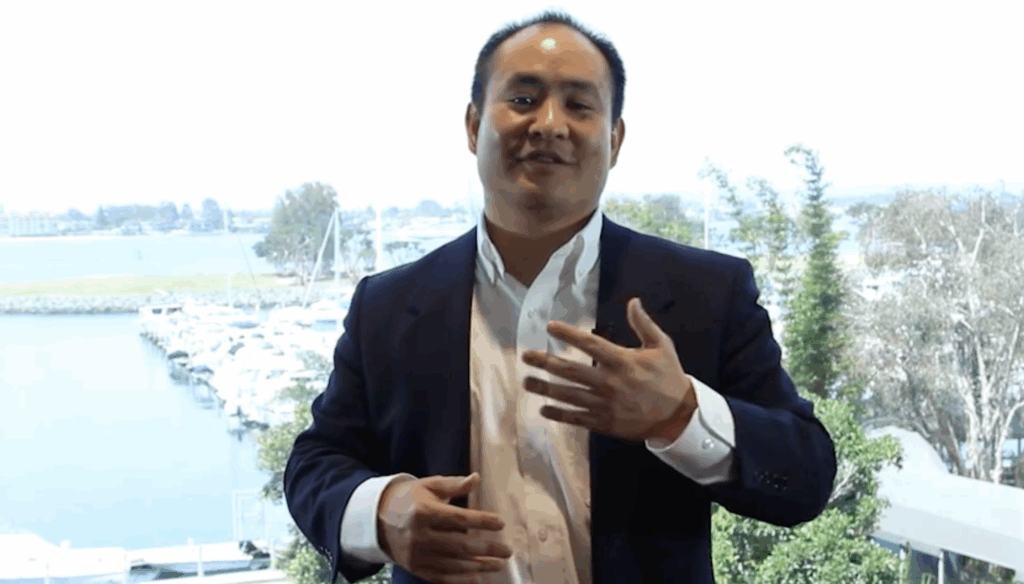
- What the Clip Shows: Clean, professional footage of Dennis in a work setting, presented as a serious operator.
- Why It Adds Authority: A polished, in‑role visual reinforces credibility and replaces low‑proof filler with real presence.
Why These Small Inserts Matter
Edits like these are small individually, but they raise the authority signal of the entire asset. These edits don’t change the story — they reinforce it with clearer visual proof. When the strongest moments are easier to see, every future reuse of the asset performs better.
The original reel already communicated Dennis’s message well. My edits didn’t change the story — they strengthened the evidence behind it.
By adding real‑world authority footage in the right places, the reel gains:
- Higher credibility density (more proof/authority)
- Better pacing (fewer flat stretches)
- Less “generic” feel where stock visuals used to carry the load
The structure stays the same; the evidence on screen is stronger.
How This Supports the Personal Brand Manager
The Personal Brand Manager is a document that outlines Dennis’s background, mission, media presence, and credibility — a snapshot of who he is and why people trust him.
Speaker reel’s supports the same goals — but in a fast, visual format that quickly shows key authority moments, by delivering experience and credibility in motion.
And by adding in high authority clips, the reel reflects the same kinds of moments shown in the Personal Brand Manager — live events, mentorship, and in-role teaching. It’s one of the assets that can be used across our system: in media kits, outreach, or figurehead pages.
What This Demonstrates
Small, precise upgrades like these make an already strong reel feel more grounded and more representative of Dennis’s real‑world authority. The structure stays the same, but the presence feels sharper and more credible.
It’s a small edit, but it makes the final piece line up more clearly with how Dennis actually works and shows up in real life.

